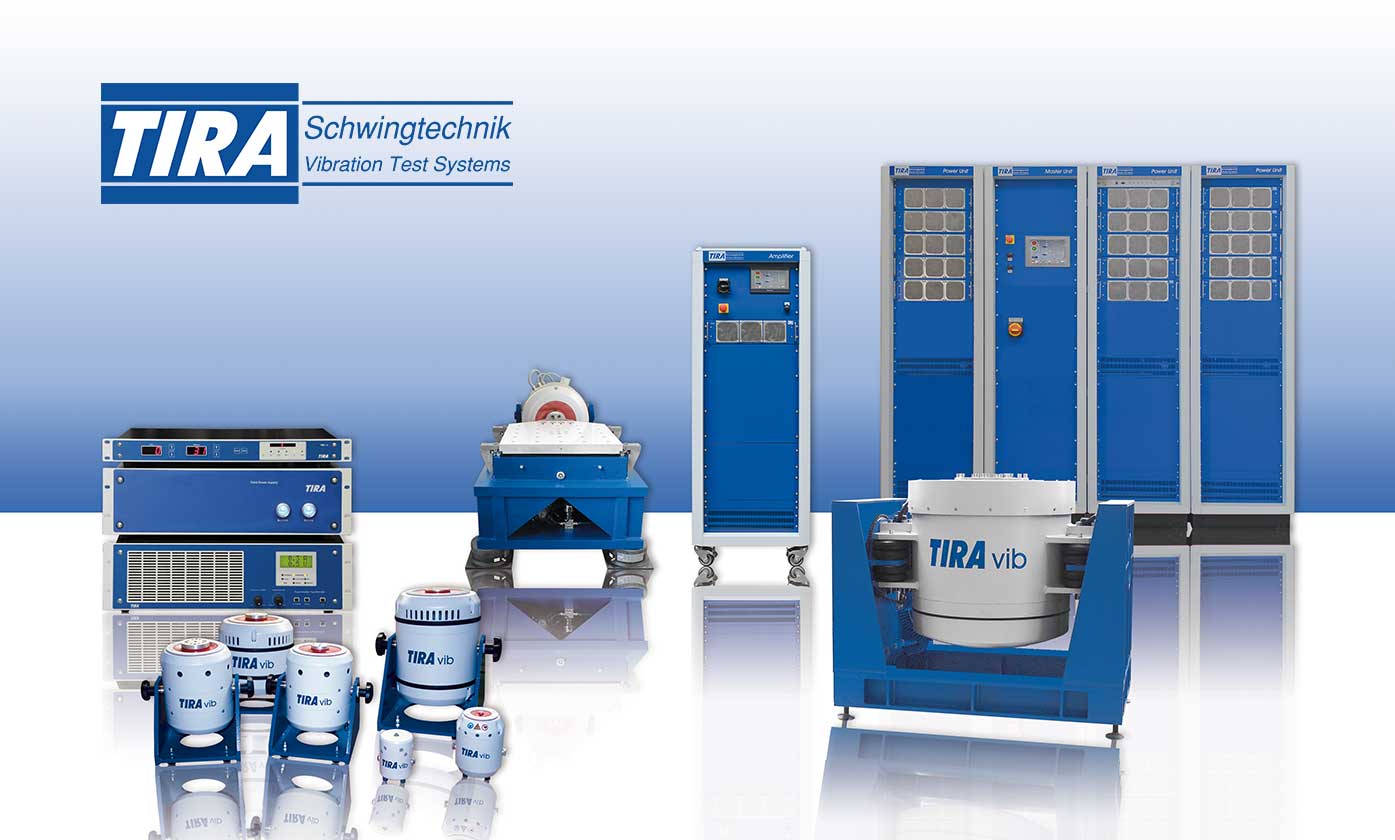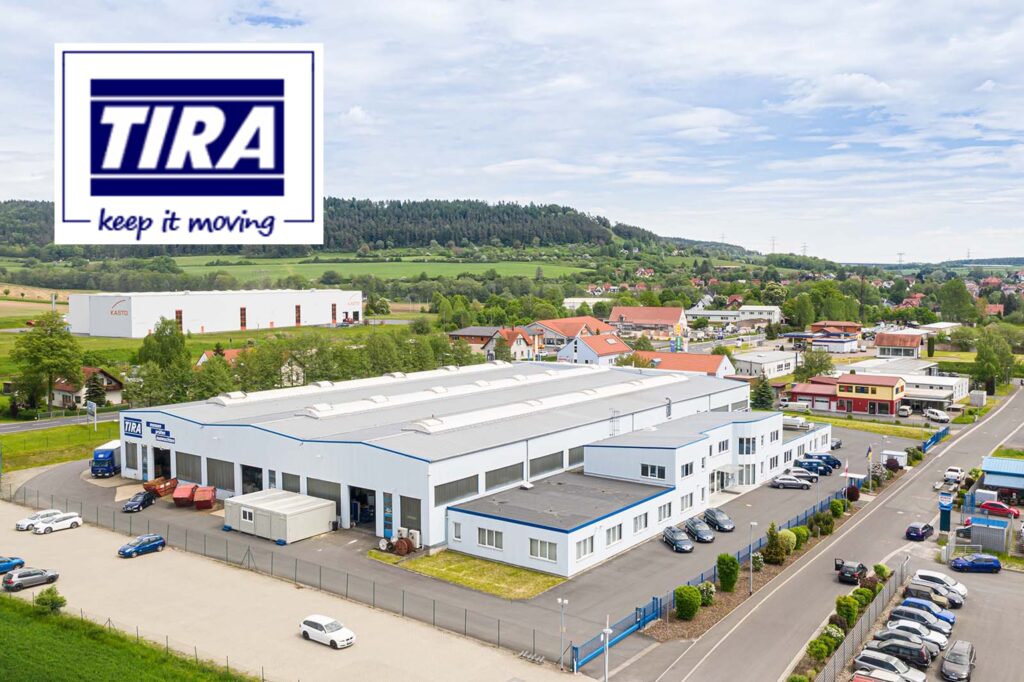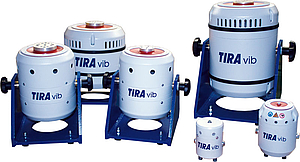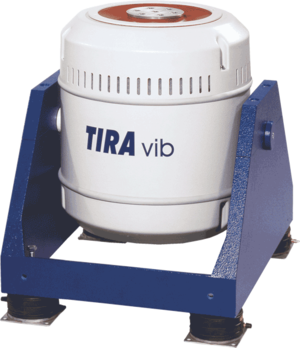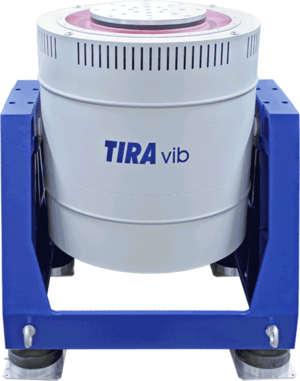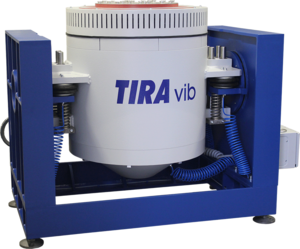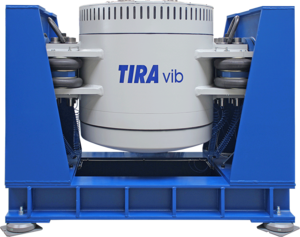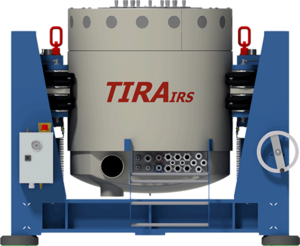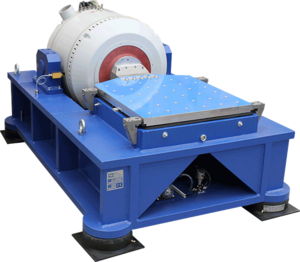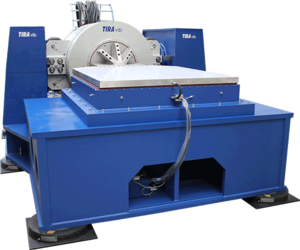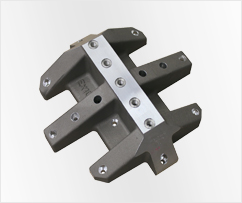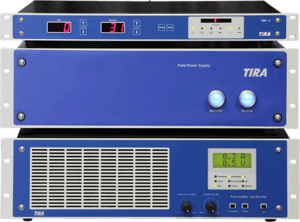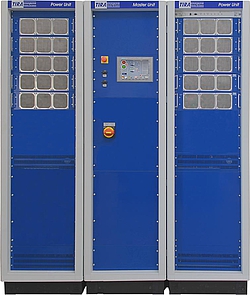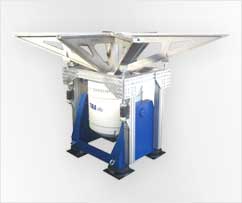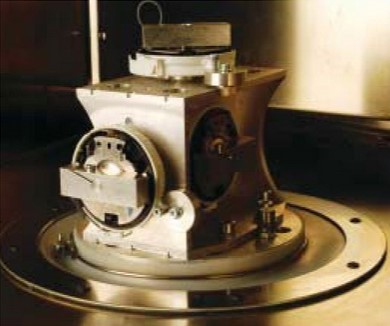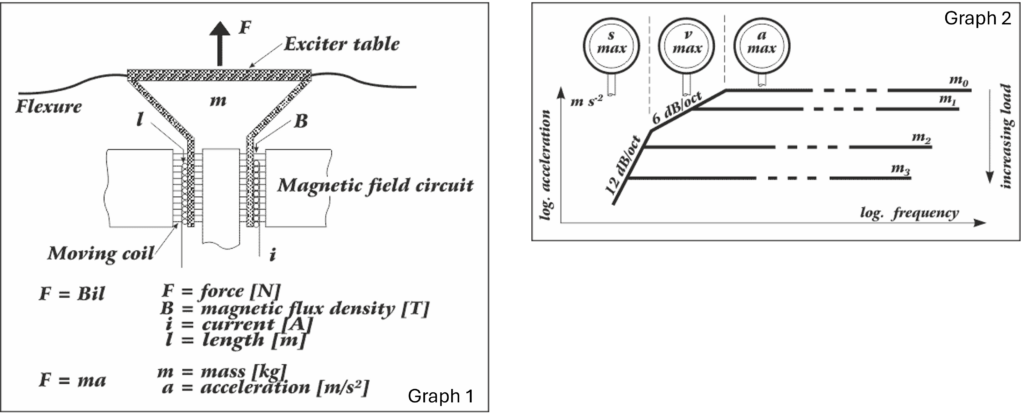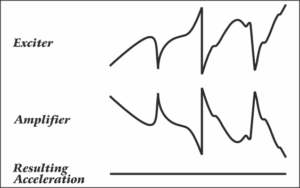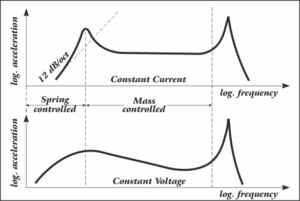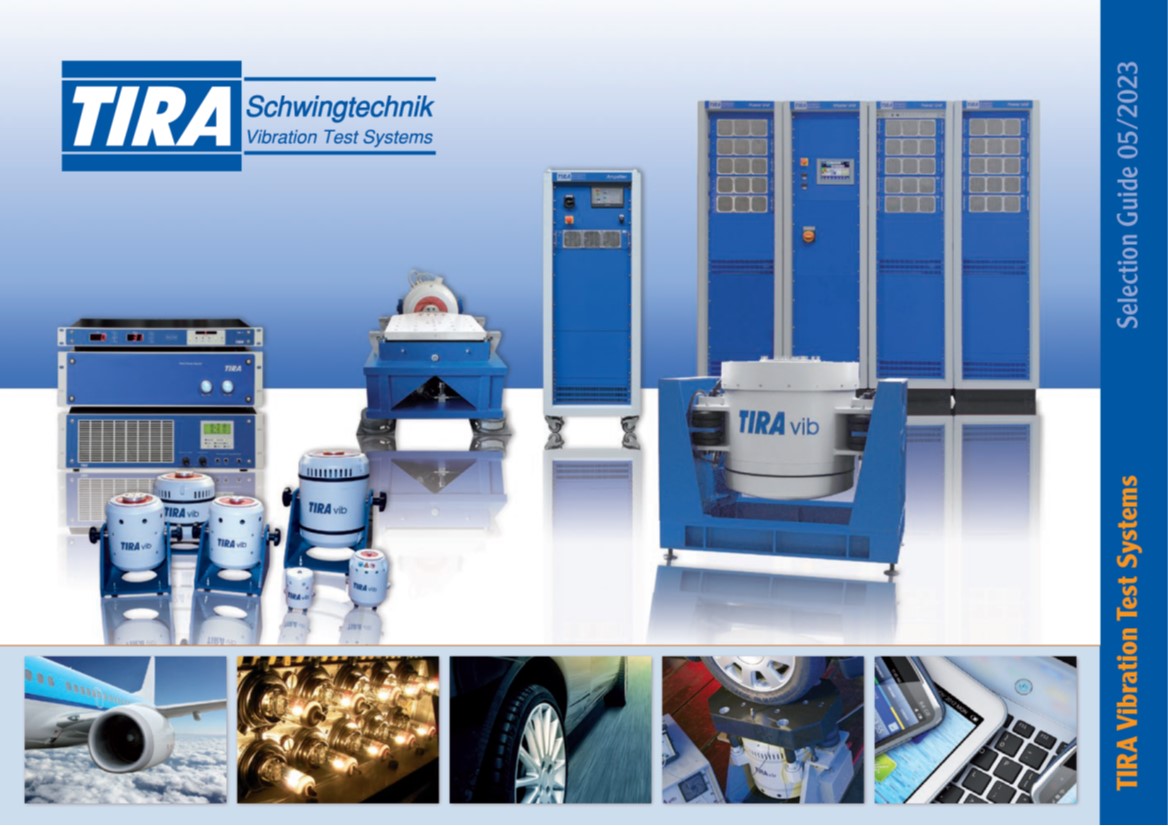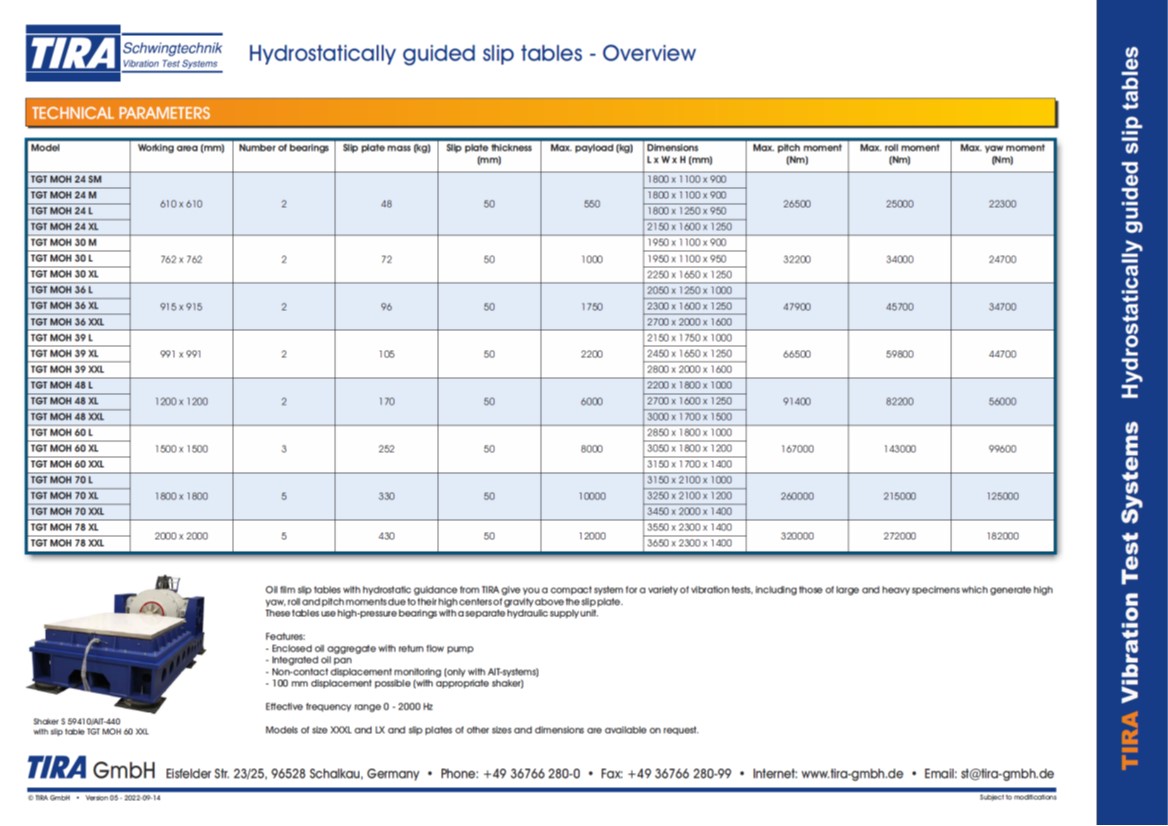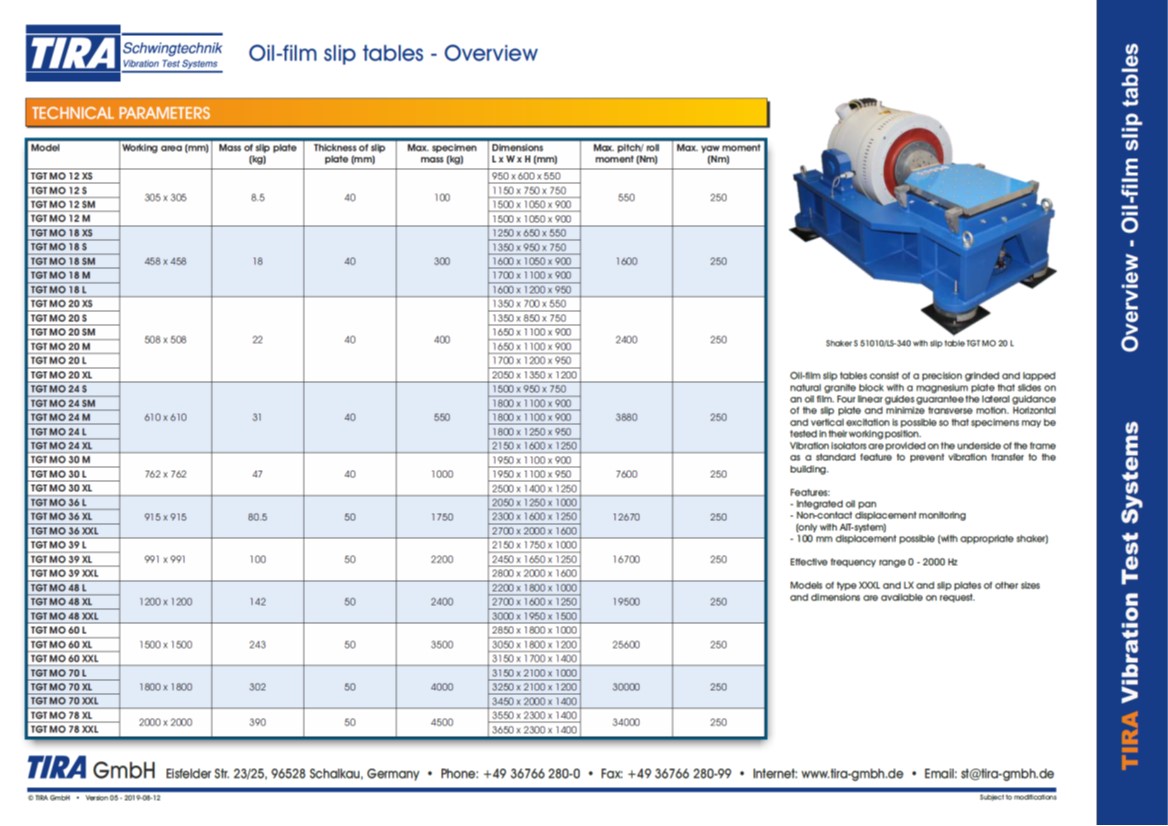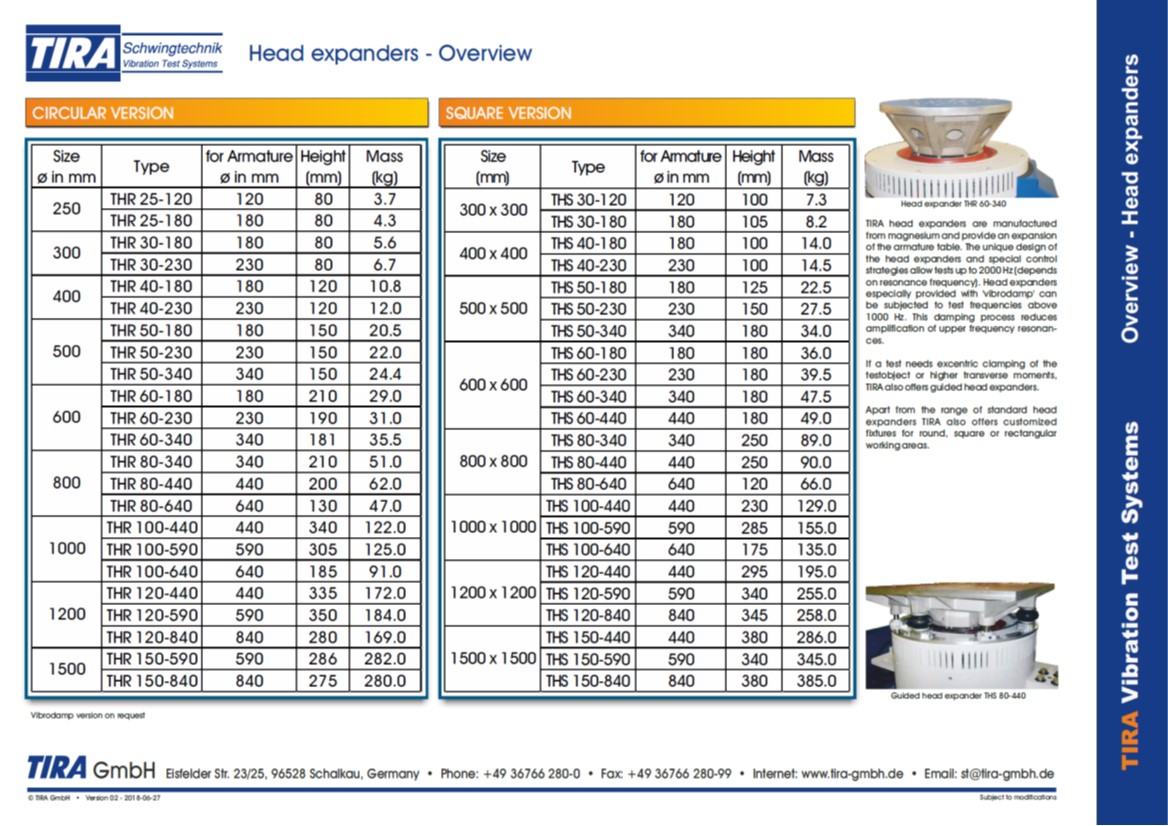TIRA sets new trends with complete systems for industry and research. System technology from one hand for persistently enhanced safety and quality, competitive leads and image.
The today’s focus of TIRA comprises technical applications for measuring and testing. TIRA is specialised in the field of user-oriented projects, manufacture, and development of Vibration testing, Material testing and Balancing systems which are nowadays the three core businesses of this traditional enterprise.
By excelling in these three fields and extending their own mechanical production center, an unparalleled business structure has been established in the industry, providing optimal opportunities and benefits to users worldwide: complete solutions from one company.
Internationally renowned automotive manufacturers and suppliers, rolling-stock builders, manufacturers of aviation and aerospace equipment, research facilities and institutes, test centres etc. gain benefits from TIRA and their products.
Their products are developed in permanent interaction with users of manifold industries. The successful symbiosis of conventional technology with conscientious research and development lays the groundwork for healthy growth of their company.
Investments, technology transfer and international co-operation relationships are efficiently used to improve overall competencies and TIRA location sites. As globally committed company and know-how supplier, TIRA contributes to the development of future-oriented products and intelligent production technologies as well as to the establishment and extension of economic structures.
